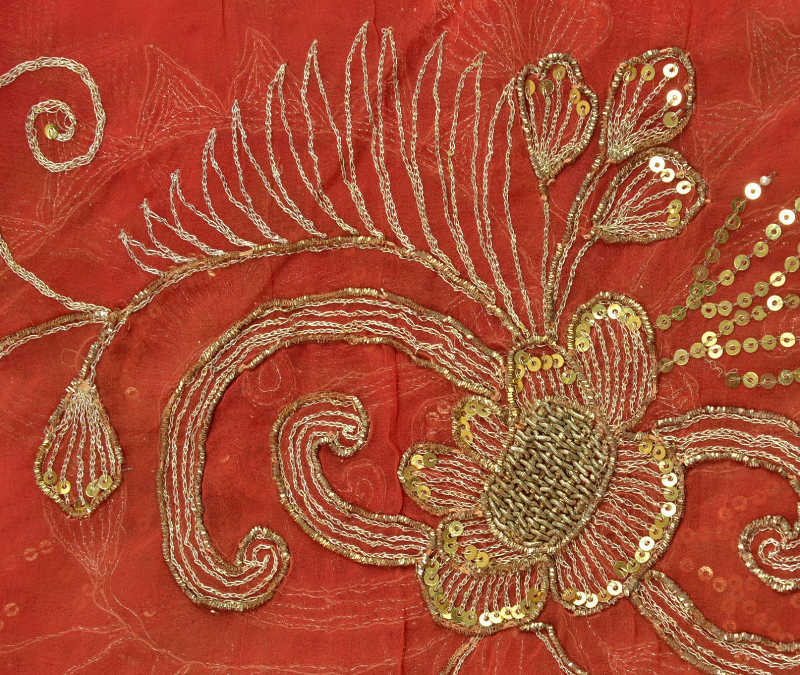===
0568,
4
===

=== |
 |
;harf : 'A letter of the alphabet; (in Gram.) an indeclinable word, a particle; —a word (so used in lexicons, &c.); —blame, censure, reproach'. (Platts p.476)
FWP:
SETS == HI
MOTIFS == SPEAKING
NAMES
TERMS == PATTERN; THEMEIn this verse the hii works to particularly enjoyable effect. If we take it as meaning 'emphatically', then it simply adds force to the speaker's claim that he will (continue to) speak through a cut throat. But if we take it to mean 'only', then his words become a hauntingly paradoxical pledge: 'we will speak only through a cut throat'.
On this latter reading, the verse recalls Ghalib's
G{214,1},
in which one can speak with the beloved only through 'the mouth of a wound'.